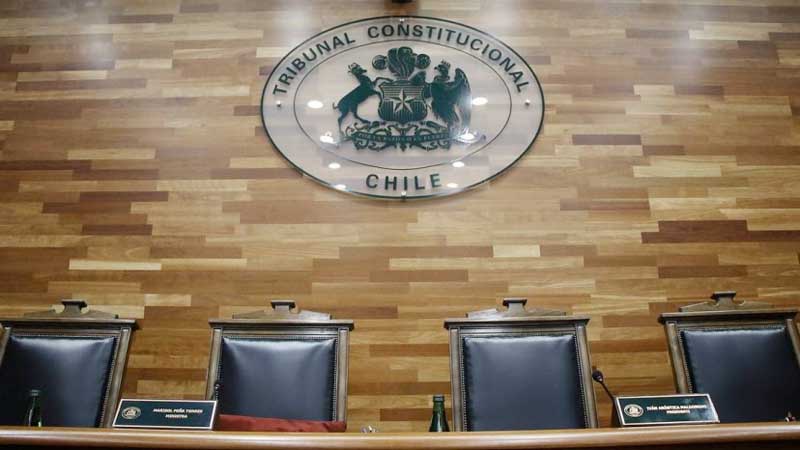A state of great sadness prevailed on social media platforms in Morocco following the death of the girl Fatima, who was known as the “moon girl” after a long suffering with “dry skin pigmentation”.
Fatima Zahraa Ghazzawi, a 31-year-old Moroccan girl, had “dry skin pigmentation” when she was two years old, and she died recently after her condition deteriorated after suffering from acute anemia.
It is noteworthy that people with xeroderma pigmentosum are known as “children of the moon” or “lunar people”, because they can only go out at night, as the sun is their enemy because it affects them differently from other people.
Dry skin pigmentation is a genetic disease that is not contagious, and its nature is represented in the fact that the two enzymes that treat this disease do not work in those infected with it to form new cells as an alternative to the damaged cells.
Symptoms of the disease usually appear at the age of two years, as skin burns occur after a little exposure to the sun and these burns do not heal, then they turn into spots and crusting, and then they develop into skin cancer at a very early age.
Most people with this disease do not live for a long time, as statistics show that only less than 40% of infected people live for more than 20 years, while it was reported that 1 out of every million people in the United States of America suffers from this disease.
Fatima Al-Zahraa had a presence on social media platforms, through which she tried to spread awareness about the disease of pigmented skin dryness, and spread optimism among those who afflicted it. Videos of the daylight preparations she takes, the creams she uses and the masks she puts on to protect herself from the sun.
Wide grief
In its episode (8/22/2023), the “Shabakat” program monitored an aspect of the Moroccans’ grief over the death of Fatima Al-Zahraa, including what Habib Bou Hajeb tweeted, “We hope those responsible for health in our beloved country give importance to this disease … sick children of the moon are in pain.” And there is no life for those who call, all solidarity with the children of the moon.
While Leila Ndofi wrote, “It is sad to see these Comorans suffering in silence under the weight of groaning and pain and in the complete absence of health coverage and the silence of officials…Where and for how long is this silence? God is sufficient for us, and He is the best disposer of affairs. Death is one, but the suffering of these Comorans is everyone’s responsibility.” .
As for Muhammad Khalil, he said, “We belong to God and to Him we shall return.. Oh God, grant her family patience and solace.. She coexisted with a rare disease, and unfortunately, a disease that was not included in the list of health coverage.”
Khaled Najahi expressed his feelings with a tweet in which he wrote, “Poor Fatima Al-Zahraa, that young woman who defied the disease and society’s view of the patients of the Children of the Moon, and she used to appear with an open face and explain the type of this disease and the suffering of patients in Morocco through her Facebook page.”
In the context, Dr. Frida Tannous, a dermatologist and cosmetologist, said that the best way is to protect the skin and localize it from sunlight, cover the body with clothes, in addition to taking pills that help with that protection.
And she stressed, in her interview with the Networks program, that skin cancer must also be treated if it appears by various possible means, pointing out that there is great hope for a genetic treatment in the near future.
For his part, the late father of the moon girl, Habib Al-Ghazzawi, established the Association for Solidarity with the Children of the Moon after he learned of his daughter’s illness. The association aims to help patients in various ways, facilitate their lives and raise awareness of their disease.
2023-08-22 16:56:13
#challenge #illness #shared #diaries #people. #departure #moon #girl #sadness #Morocco #programs


